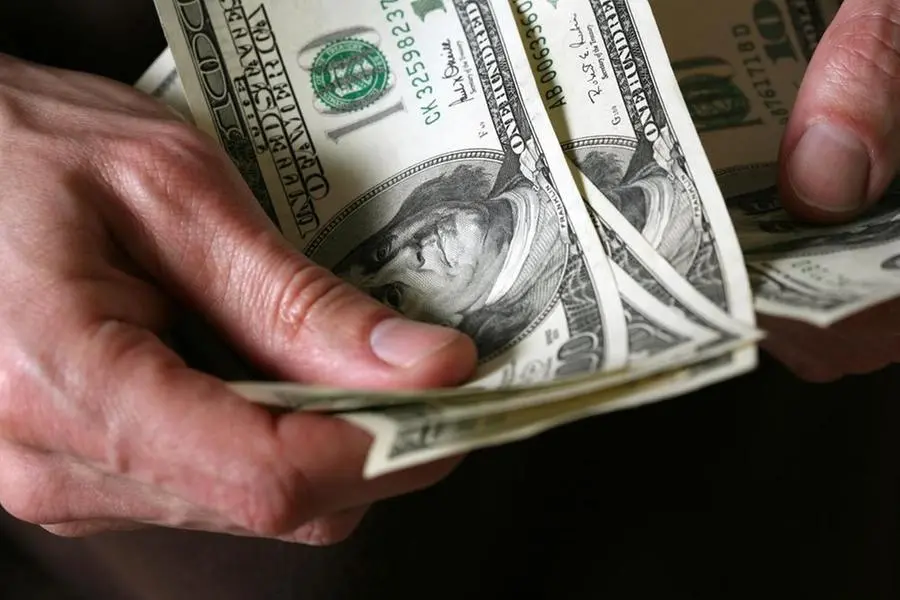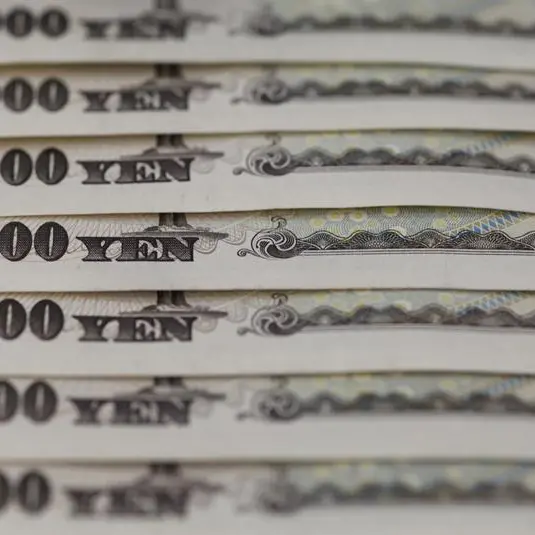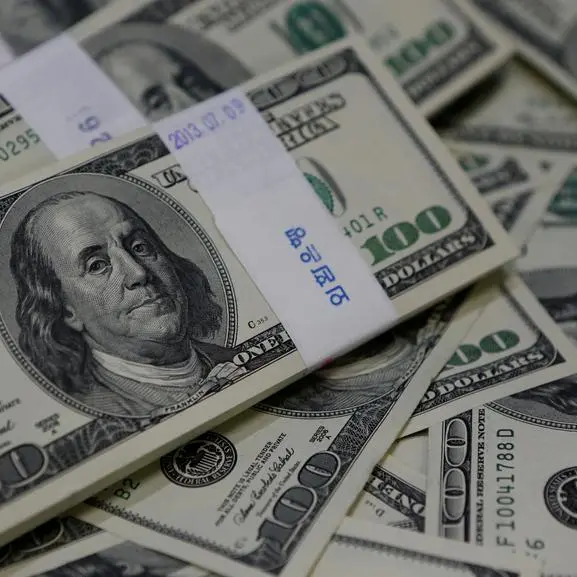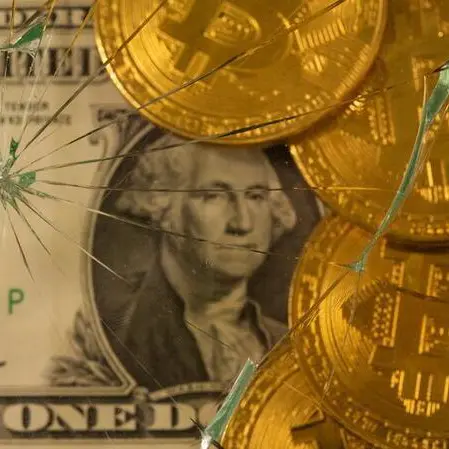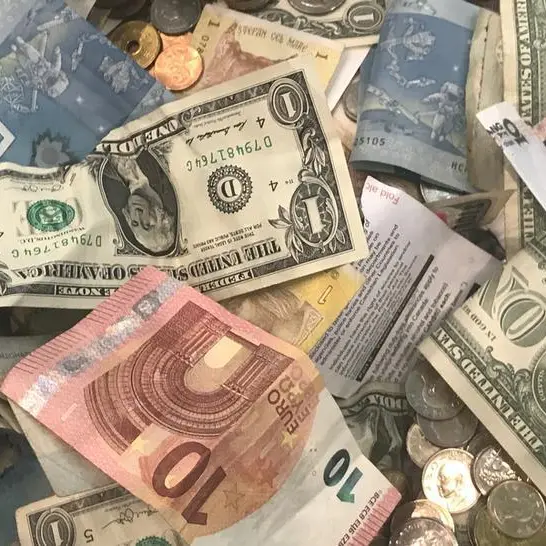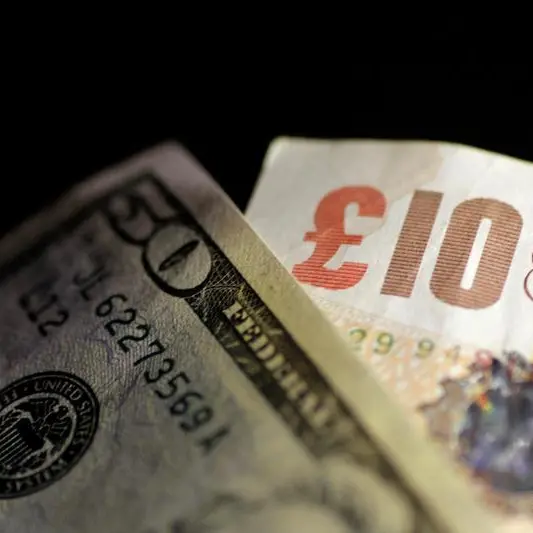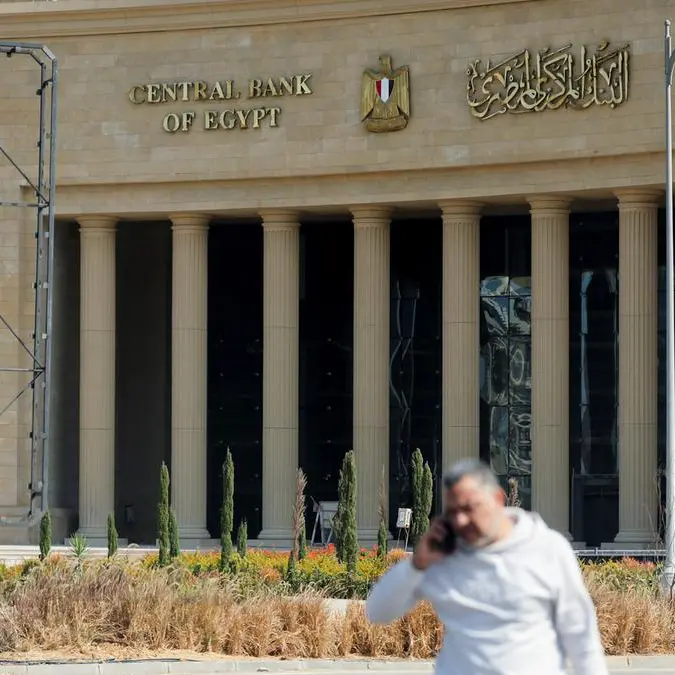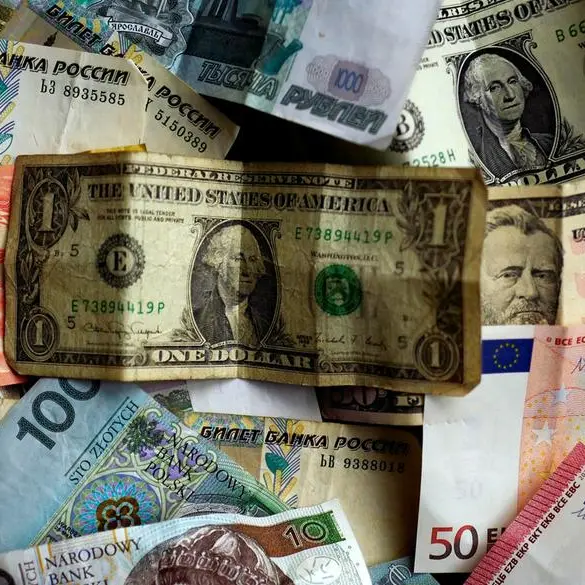PHOTO
The dollar slid on Monday as investors braced for a potential pivot this week for the global economy as the United States chooses a new leader, and as it likely cuts interest rates again with major implications for bond yields.
The euro extended an early climb to be up 0.5% at $1.0891 and looked set to test resistance around $1.0905. The dollar fell 0.6% on the yen to 152.60. The dollar index eased 0.1% to 103.80.
U.S. Treasury yields dropped 5 basis points (bps), retracing some of Friday's surge.
Democratic candidate Kamala Harris and Republican Donald Trump remain virtually tied in opinion polls and the winner might not be known for days after voting ends.
Analysts believe Trump's policies on immigration, tax cuts and tariffs would put upward pressure on inflation, bond yields and the dollar, while Harris was seen as the continuity candidate.
Dealers said the dip in the dollar might be linked to a poll that showed Harris taking a surprise 3-point lead in Iowa, thanks largely to her popularity with female voters.
"Markets are seemingly scaling back some Trump trades, and we suspect the next two days can see some abnormal swings in USD crosses due to tighter volatility conditions ahead of a closely contested and highly binary U.S. election," ING FX strategist Francesco Pesole said.
Betting site PredictIT showed Harris at 53 cents to Trump on 52 cents - what investors are willing to wager for a chance to win $1 - compared to 45 cents to 59 cents just a week ago.
"It is widely considered that a Trump win will be positive for the USD, though many feel this outcome has been discounted," said Chris Weston, an analyst at broker Pepperstone. "A Trump presidency with full control of Congress could be most impactful, as one would expect a solid sell-off in Treasuries resulting in a spike higher in the USD."
"A Harris win and a split Congress would likely result in 'Trump trades' quickly reversed and priced out," he added. "The USD, gold, bitcoin and U.S. equity would likely head lower."
PRICED FOR 25BP
Uncertainty over the outcome is one reason markets assume the Federal Reserve will choose to cut rates by a standard 25 basis points on Thursday, rather than repeat its outsized half-point easing.
Traders have fully priced in a quarter-point cut to 4.50%-4.75%, and an 83% probability of a similar-sized move in December.
"We are pencilling in four more consecutive cuts in the first half of 2025 to a terminal rate of 3.25%-3.5%, but see more uncertainty about both the speed next year and the final destination," said Goldman Sachs economist Jan Hatzius.
"Both our baseline and probability-weighted forecasts are now a bit more dovish than market pricing."
The Bank of England also meets Thursday and is expected to cut by 25 basis points, while the Riksbank is seen easing by 50 basis points and the Norges Bank is expected to stay on hold.
The Reserve Bank of Australia holds its meeting on Tuesday and again is expected to hold rates steady.
The BoE's decision has been complicated by a sharp sell-off in gilts following the Labour government's budget last week, which also dragged the pound lower.
Early Monday, sterling had regained some of its losses to stand at $1.2978, some way from last week's lows of $1.2844.
More stimulus is also expected from China's National People's Congress, which is meeting from Monday through Friday.
The implied volatility of the one-week dollar/offshore yuan jumped to a record high, highlighting anxiety over the U.S. election outcome on Sino-U.S. trade.
Sources told Reuters last week that Beijing is considering approving next week the issuance of more than 10 trillion yuan ($1.40 trillion) in extra debt in the next few years to revive its fragile economy.
(Reporting by Wayne Cole and Medha Singh; Editing by Shri Navaratnam and Jacqueline Wong)
